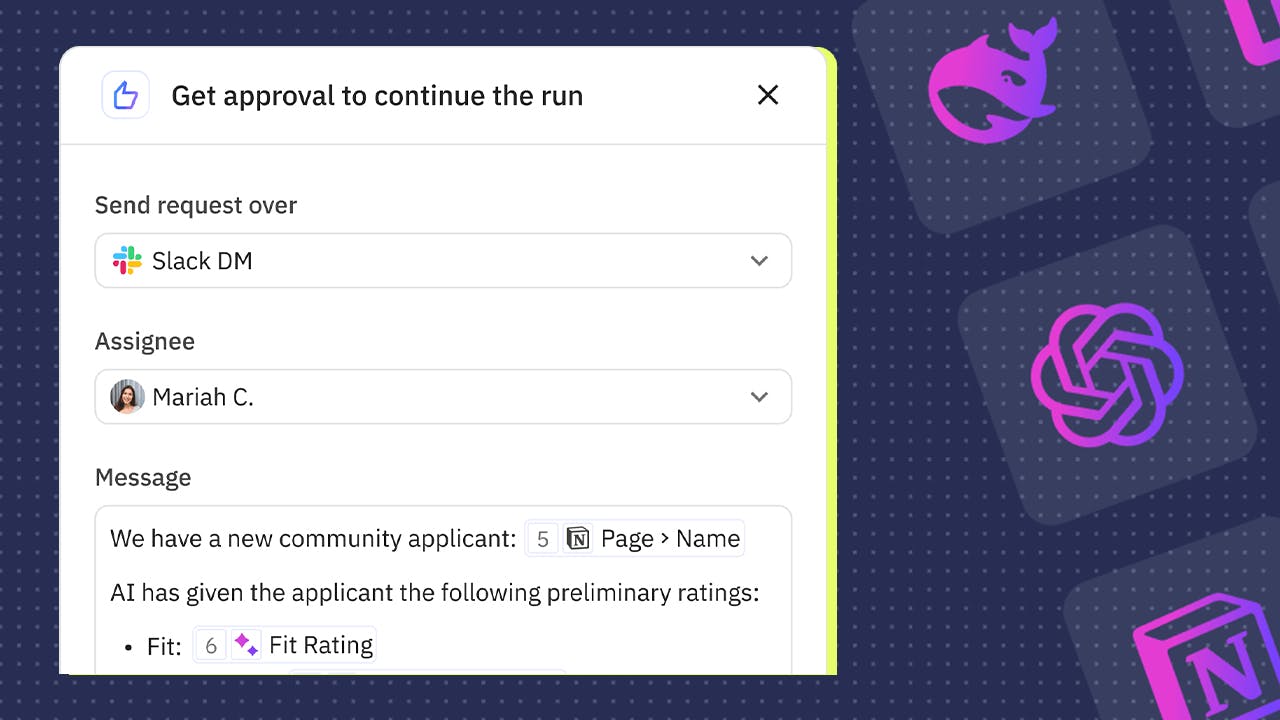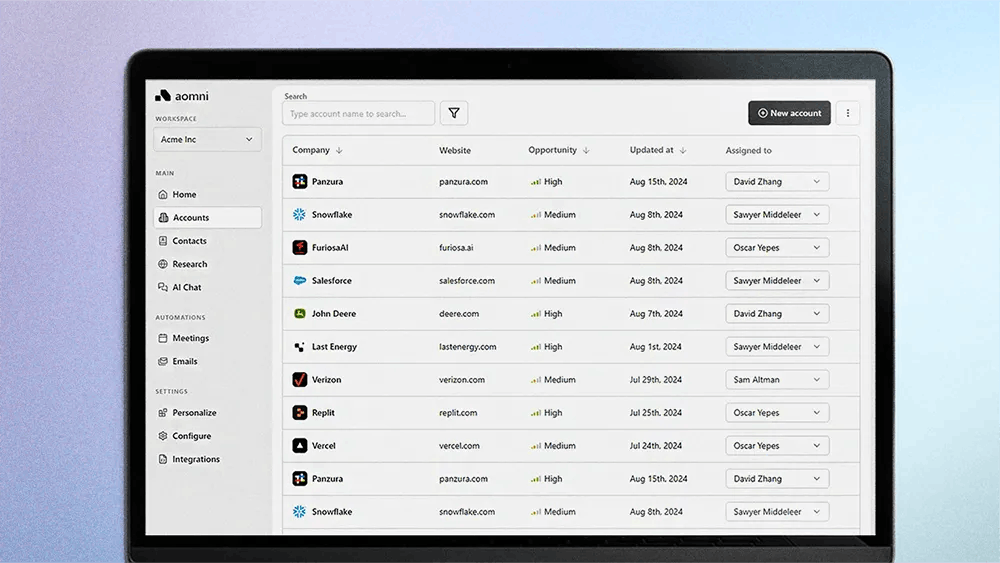We want to provide an easy-to-use experience, especially for non-technical users, allowing them to express clearly what they need the AI to do.
Zapier and Make (formerly Integromat) were groundbreaking in the way they helped businesses connect disparate systems, making it easier than ever to automate workflows. But with the progress of AI, that process has become even simpler. When hard code is traded for soft semantics, new possibilities emerge, allowing for more flexible, intuitive data manipulation. As long as great companies and engineers "keep it on the rails", the potential is limitless.
We spoke with Jacob Bank, Founder and CEO of Relay.app, an easy-to-use platform that enables users to create AI agents that work for them, to explore how AI is transforming the way tools connect, and how AI agents are driving change.
Declaring victory: Before a tool can be considered groundbreaking, Bank says it has to do what it says. "The biggest elephant in the room is asking, 'Is a product a shiny demo or does it actually work?'" he says. "It's actually pretty easy to make a mind-blowing demo. It's very hard to make a tool that someone still relies on three months later."
At Relay.app, Bank is focused on ensuring that the company's offerings are providing tangible results for customers. "I always like to triple check that Relay.app is truly adding long-term value to a customer before declaring victory," he adds.
Tech distinctions: While many technical distinctions exist between AI automations, AI workflows, and AI agents, Bank believes most users are focused on the practical results. "Here's what matters," he explains. "An AI agent works intelligently on your behalf behind the scenes, unlike a chatbot which you have to talk to in real time."
It's actually pretty easy to make a mind-blowing demo. It's very hard to make a tool that someone still relies on three months later.
User experience: Relay.app aims to create a platform where AI integration is simple and user-friendly. "We want to provide an easy-to-use experience, especially for non-technical users, allowing them to express clearly what they need the AI to do," says Bank.
The platform ensures transparency by showing users a clear plan of the AI’s actions, allowing them to make adjustments before execution. "The AI will show the user exactly what it plans to do, so they can adjust it if needed," he shares. "With a human-in-the-loop approach, Relay's AI will work iteratively with the user, allowing for ongoing guidance and corrections as it completes tasks."
All of these tie together for Bank’s vision of the platform: "If we can nail all of these, we can get the benefits of the deep integrations and predictability that come from traditional automation tools (like Zapier and Make.com) with the added creativity and intelligence of cutting edge AI."
Closing the trust gap: However, there’s still much to be done to earn users' trust in AI-driven systems. Bank shares his reservations about fully autonomous AI agents, especially in business applications. "From my perspective, a true AI agent—one that has a goal and makes decisions in the moment about which tools to use—is the wrong approach for 90 percent of use cases," he says. "I much prefer more predictable AI workflows, with a light touch of agentic tool calling when truly necessary."
To close what he sees as the "trust gap," Bank believes that AI systems must improve in two crucial areas: "AI needs to get better at communicating what it’s going to do before it does it—sharing its plan. It also needs to improve at asking for help as it’s working, especially in human-in-the-loop workflows."
The future of AI assistance: While challenges persist, Bank believes that AI agents can still make an impact. "I already find AI agents to be incredibly good at synthesizing large amounts of data and making recommendations," he says. "This already goes beyond simple execution from my point of view. In the future, I definitely foresee that AI will identify opportunities to help rather than just following our instructions."





